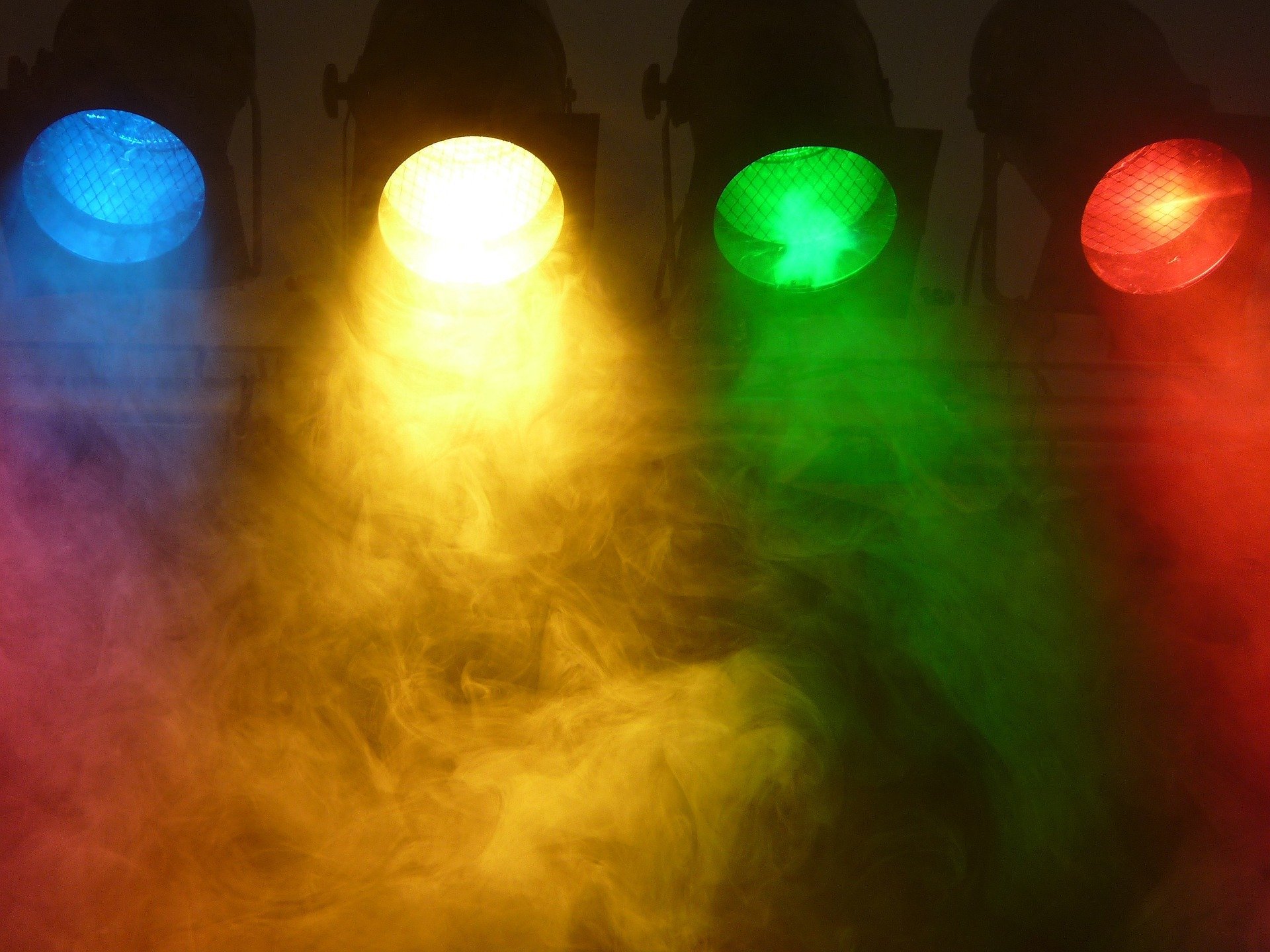
Queer Ancestor Spotlight: Lucy Diggs Slowe and Mary Burrill
Lucy Diggs Slowe was an African-American educator and athlete, and founder of Alpha Kappa Alpha sorority, the first sorority founded by African-American women. Mary Burrill was an African-American playwright of the Harlem Renaissance, writing plays about the Black experience and often centered the Black elite of Washington D.C. in her work. Slowe and Burrill met in 1912 and would go on to spend twenty-five years together.

Queer Ancestor Spotlight: Thomas Morton and Merrymount
Morton was a much more liberal leader than his contemporaries. In addition to making anyone who resided there free men he also maintained close relationships with the surrounding indigenous communities. In 1627, Morton made the decision to commemorate the renaming of the colony by holding a May Day celebration and erecting an 80-foot high pole, covered in garlands and ribbon, and topped with deer antlers. During the several days of celebration men and women from the local indigenous communities were invited to join. Some accounts claim the residents danced in a manner evocative of Ganymede and Zeus, figures that were often used to represent same-sex coupling.

Queer Ancestor Spotlight: Leonard Matlovich
Leonard Matlovich was an American Vietnam War veteran, recipient of the Purple Heart and the Bronze Star, and was the first openly gay service member to purposely out himself to the military in order to fight their ban on gay men serving in the armed forces. He is also the first named openly gay person to appear on the cover of a U.S. news magazine.

Queer Ancestor Spotlight: David Kato
David Kato Kisule was a Ugandan teacher and LGBTQ+ rights activist, considered by many to be the father of the Ugandan gay rights movement. He was a founding member of Sexual Minorities Uganda (SMUG) and was deeply involved with the underground LGBTQ+ rights movement in his home country.

Queer Ancestor Spotlight: Tryals of Thomas Vaughan and Thomas Davis
Glory holes. Arguably one of the most recognizable cultural artifacts of contemporary gay culture due to it's relationship to cruising and anonymous sex, something that marked the reality of the gay male experience in the Western world for centuries. When loving the person you want, either romantically or physically, is against the law and can land you in prison, an asylum, or worse, you find ways to satisfy your needs as safely and discreetly as possible.

Queer Ancestor Spotlight: Christopher Isherwood
Christopher Isherwood was an author, diarist, playwright, screenwriter, and autobiographer. He is best known for A Single Man, his semi-autobiographical novel Goodbye to Berlin which inspired the musical Cabaret, and his memoir Christopher and His Kind which connected him with the ongoing gay liberation movement.

Queer Ancestor Spotlight: Kiyoshi Kuromiya
Kiyoshi Kuromiya was a Japanese-American author, advocate, and activist who was involved in the civil rights movement, the anti-Vietnam War protests, gay liberation, and HIV/AIDS activism. He worked alongside Martin Luther King Jr., and was one of the founders of the the first medical treatment and competency guidelines produced by people living with HIV/AIDS for their community.

Queer Ancestor Spotlight: UpStairs Lounge Fire
The UpStairs Lounge was a gay bar located on the second floor of a three-story building located at 604 Iberville Street in New Orleans, Louisiana. On June 24, 1973 the bar was set on fire and thirty-two people died. It remained the deadliest attack on the LGBTQ+ community until the shooting at the Pulse nightclub in Orlando in 2016.

Queer Ancestor Spotlight - Gladys Bentley
Gladys Alberta Bentley was an American blues singer, pianist, and entertainer during the Harlem Renaissance. She rocketed to fame in the 1920’s as a black, lesbian, cross-dressing performer. Her signature look incorporated a tail coat and top hat, and she was notorious for flirting with women in the audience.

Queer Ancestor Spotlight: Perry Watkins
Perry Watkins was an out gay Black man and American military officer. He was unapologetic about who he was for his entire life and continually stared down the systems that sought to oppress LGBTQ+ people in the military. Following a nearly twenty year military career his sexuality was finally turned against him and he decided to fight it in the courts. He would go on to win the first appellate court case against the US military’s ban on lesbian and gay service members.
